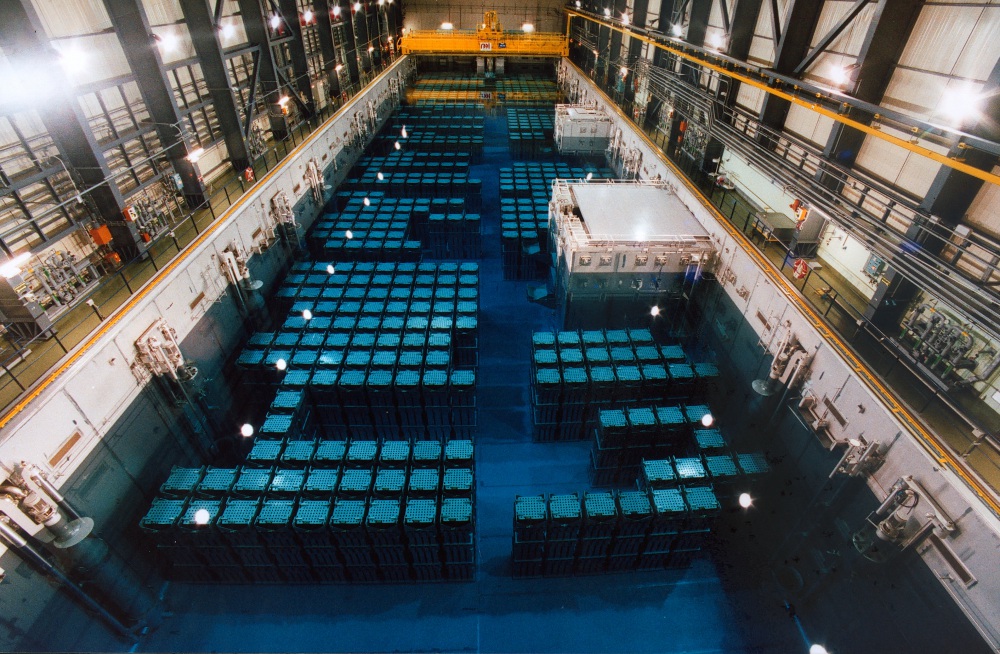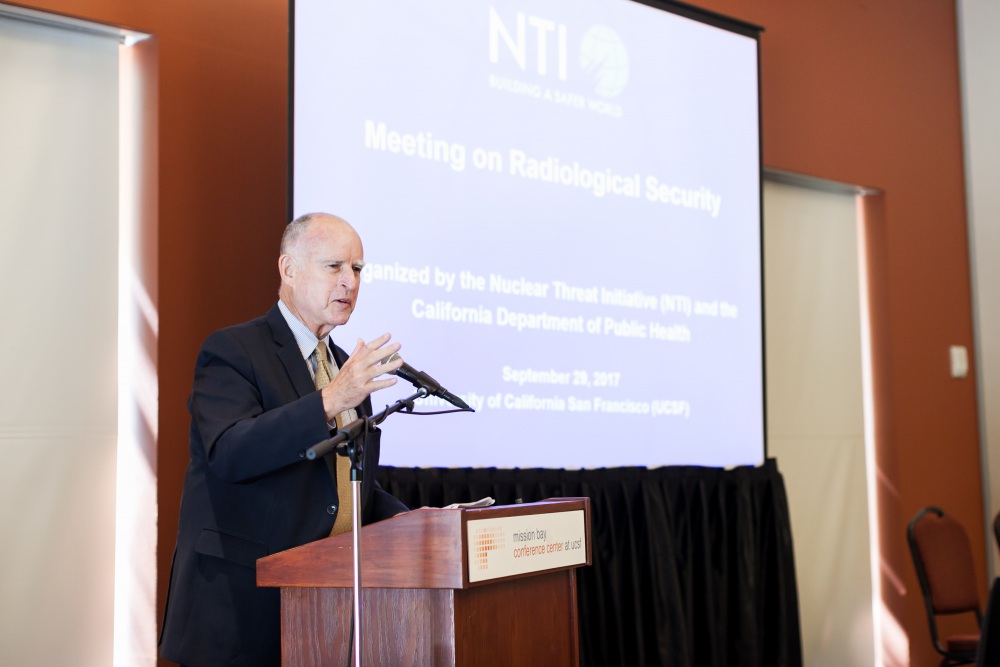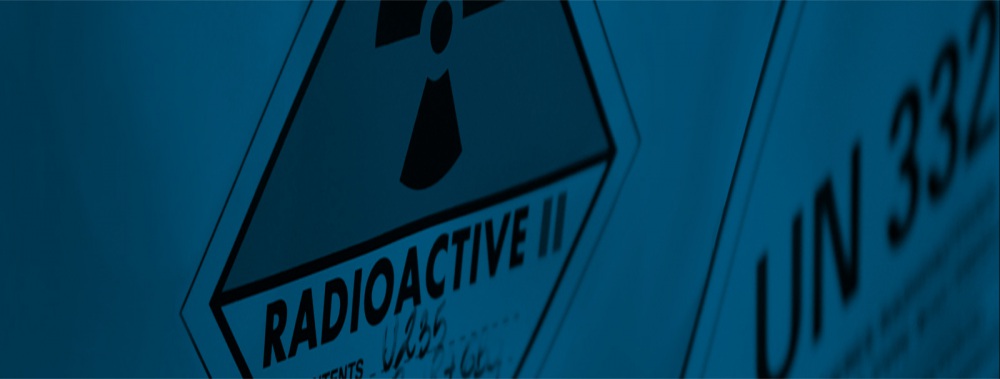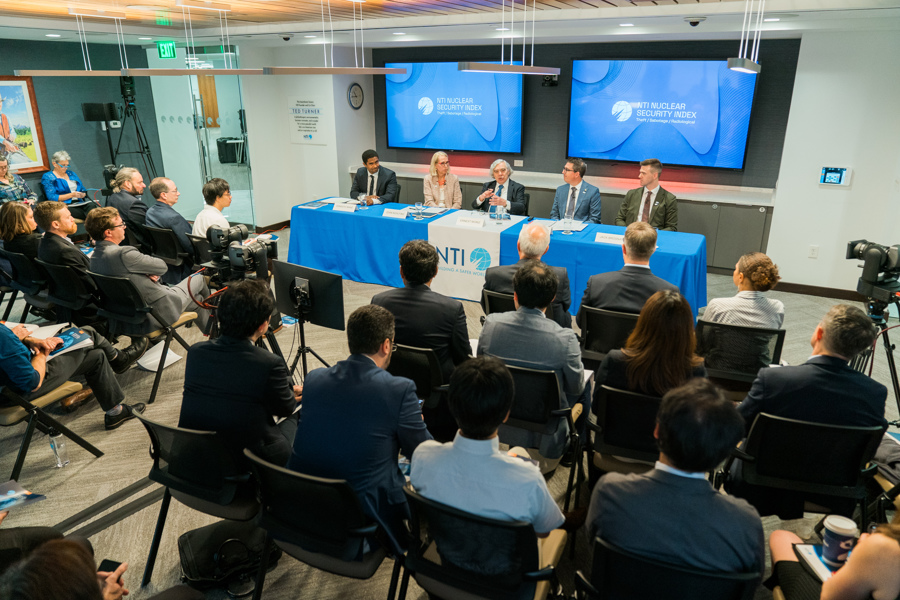
Significant Gaps Exist in Security of Radiological Materials

Dirty Bomb Threat is Real, Global and Must be Addressed by Governments and the Private Sector, Says New NTI Report
WASHINGTON, D.C. – A large majority of the countries that committed to secure radiological materials at the 2014 Nuclear Security Summit have met their commitment or are on track to do so by the end of this year, according to a new report from the Nuclear Threat Initiative (NTI). However, the report also finds that the existing system for securing dangerous radiological materials has significant gaps.
The new report, released ahead of the fourth and final Nuclear Security Summit to be held March 31-April 1, 2016 in Washington, D.C., finds that 22 of the 23 countries that agreed to secure their radiological sources have met the commitment or will by the end of 2016. However, the 23 countries that agreed to secure their highest risk sources by a specific date represent only about half of those participating in the Nuclear Security Summits and just 14 percent of International Atomic Energy Agency (IAEA) Member States.
“This is noteworthy progress, and I applaud these countries who are willing to lead,” said former Senator Sam Nunn, co-chairman and chief executive officer of NTI. “However, the ingredients for a radiological dirty bomb are located at tens of thousands of sites in more than 100 countries, many of them poorly secured and vulnerable to theft. Much more needs to be done by governments and the private sector to secure and prevent the theft of radiological sources. This is just the beginning.”
The report, Radiological Security Progress Report: Preventing Dirty Bombs, Fighting Weapons of Mass Disruption, finds that the vulnerability of these radiological sources, such as cesium-137 and cobalt-60, has caused concern for years, but today the risk is growing. Thousands of sources in hospitals, research centers, and industry may be vulnerable. Just one source in one blood irradiator in one hospital would provide enough radioactive material to potentially result in billions of dollars in damage. The very same isotopes that make life-saving blood transfusions and cancer treatments possible can be used to make a dirty bomb, says the report.
“The probability of a terrorist detonating a dirty bomb is much higher than that of an improvised nuclear device because of the widespread availability of radiological sources,” said NTI Vice President Andrew Bieniawski, one of the report’s co-authors. “This report highlights good examples of what countries can do to improve radiological security and we encourage other countries to take similar steps to secure their radiological sources.”
The report, which was also co-authored by Ioanna Iliopulos and Michelle Nalabandian, says that to address these and other significant challenges, governments and the private sector must work in tandem to raise awareness about the threat, develop a more effective system for securing radiological sources, and replace the use of dangerous isotopes with alternate technologies, where feasible, for permanent threat reduction.
“It is important that states strengthen international and domestic regulatory and legal frameworks for radiological security, but radiological security is more than just a government responsibility,” says the report. “The private sector—the owners and operators of radiological sources—must implement tighter security around these potentially dangerous sources in tandem with governments.”
The report makes eight recommendations for improving radiological security, including strengthening the international framework for radiological security, broadening universal coverage for the non-binding “IAEA Code of Conduct” and strengthening the role of the IAEA.
The 2014 Commitment
World leaders at the 2014 Nuclear Security Summit recognized the growing threat of radiological sources and put an important spotlight on the issue of radiological security with a commitment from 23 countries to secure their most dangerous radiological sources by the end of 2016.
The NTI report reviews progress that the 23 states have made in meeting their commitments in accordance with the 2014 Nuclear Security Summit Joint Statement on Enhancing Radiological Security (NSS Joint Statement). Those commitments include a pledge to secure their IAEA Category 1 materials by the end of 2016 and to implement other commitments to improve radiological security.
The 23 countries that signed on to the 2014 NSS Joint Statement represent only 43 percent of the 53 countries participating in the Nuclear Security Summit process, and only 14 percent of the 168 IAEA Member States. In addition, although 130 out of 168 IAEA Member States have signed the Code of Conduct—which, along with the supplementary IAEA Guidance on the Import and Export of Radioactive Sources, is a non-binding instrument that contains voluntary provisions—there is no specific requirement to secure their highest activity sources by a specific date.
To read the full report, please visit www.nti.org.
About the Nuclear Threat Initiative
The Nuclear Threat Initiative works to protect our lives, livelihoods,
environment, and quality of life now and for future generations from the
growing risk of catastrophic attacks with weapons of mass destruction and
disruption (WMDD)—nuclear, biological, radiological, chemical, and cyber.
Founded in 2001 by former U.S. Senator Sam Nunn and philanthropist Ted Turner,
NTI is guided by a prestigious, international board of directors. Sam Nunn
serves as chief executive officer; Des Browne is vice chair; and Joan Rohlfing
serves as president.
Stay Informed
Sign up for our newsletter to get the latest on nuclear and biological threats.

NTI Partners with the State of California on Radiological “Dirty Bomb” Risk Reduction
NTI is working with the State of California to devise strategies to secure and/or replace high-activity radiological sources that could build radioactive "dirty bombs."

NTI to Work with Global Experts to Increase Transparency and Voluntary Reporting on Radiological Security
The workshop is a key component to continued progress in radiological security after the fourth and final Nuclear Security Summit.

Nuclear Security Conditions are Regressing in Dozens of Countries, according to 2023 NTI Nuclear Security Index
“The bottom line is that the countries and areas with the greatest responsibility for protecting the world from a catastrophic act of nuclear terrorism are derelict in their duty,” the 2023 NTI Index reports.



